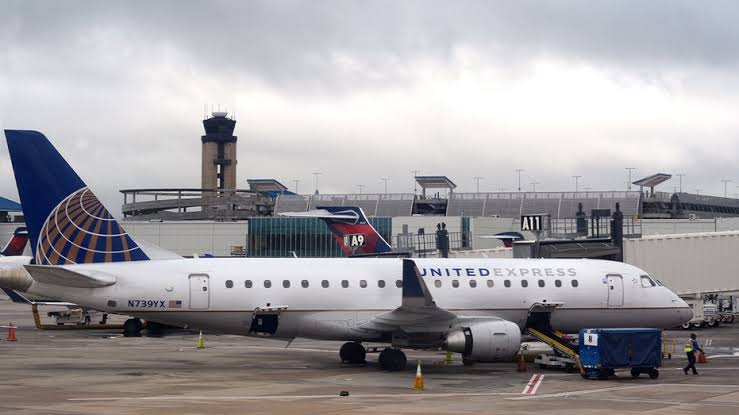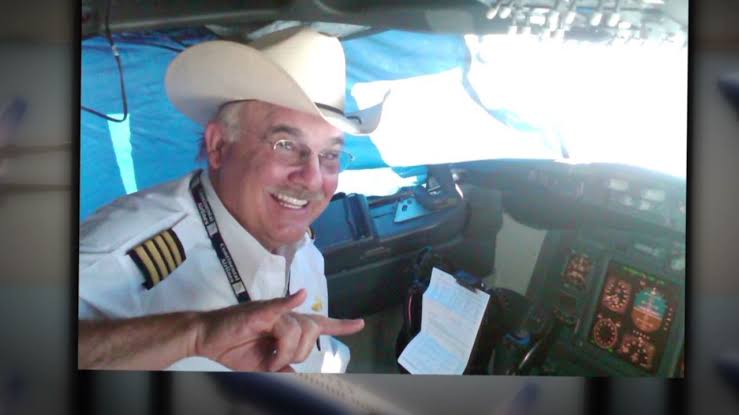United Airlines receives FAA approval for first Starlink-equipped plane, schedules first flight for May
United Airlines passengers will be able to experience free in-flight Wi-Fi as soon as May through Elon Musk’s broadband satellite service Starlink.The Chicago-based airline announced on Monday that the FAA has approved its first Starlink-equipped aircraft and that its first commercial flight has been scheduled for May, just eight months after striking the deal with the SpaceX subsidiary.
United’s first commercial passengers to experience the new technology will be onboard a United Express Embraer 175, according to a media release from the airline.
“We know customers are going to love this experience, and we think it will give them yet another reason to choose United,” Grant Milstead, United Vice President of Digital Technology, said in a statement. “We’re working closely with Starlink and the FAA to finish installs on our regional fleet this year and bring the best inflight experience in the sky to more and more people.”United Airlines Receives FAA Approval for First Starlink-Equipped Plane, Schedules First Flight for May
United Airlines has achieved a significant milestone in the aviation industry by securing approval from the Federal Aviation Administration (FAA) for the first commercial aircraft equipped with Starlink, SpaceX’s satellite internet service. This marks a major step forward in in-flight connectivity, promising high-speed internet access for passengers. The airline has scheduled the inaugural flight featuring Starlink connectivity for May, setting a precedent for the future of in-flight internet services.
A New Era of In-Flight Connectivity
With FAA approval, United Airlines becomes the first major U.S. carrier to deploy Starlink’s satellite-based broadband service on a commercial aircraft. This move is set to revolutionize passenger experiences, offering speeds comparable to home broadband while flying at cruising altitudes. Traditionally, airlines have relied on ground-based cell towers and geostationary satellites, which often resulted in slow and unreliable internet services. Starlink’s low-Earth orbit (LEO) satellites, however, provide a faster and more stable connection with lower latency.
“We are thrilled to partner with Starlink and bring this cutting-edge technology to our customers,” said a United Airlines spokesperson. “With the increasing demand for reliable in-flight Wi-Fi, we are committed to providing a seamless and efficient connectivity experience.”
Starlink’s Impact on Air Travel
The introduction of Starlink on commercial flights is expected to drastically enhance internet speeds, allowing passengers to stream content, attend video calls, and browse the web with minimal disruptions. Unlike traditional satellite internet services, which suffer from high latency due to their geostationary orbits, Starlink operates a constellation of satellites in low-Earth orbit, significantly
United Airlines Receives FAA Approval for First Starlink-Equipped Plane, Schedules First Flight for May
United Airlines has achieved a significant milestone in the aviation industry by securing approval from the Federal Aviation Administration (FAA) for the first commercial aircraft equipped with Starlink, SpaceX’s satellite internet service. This marks a major step forward in in-flight connectivity, promising high-speed internet access for passengers. The airline has scheduled the inaugural flight featuring Starlink connectivity for May, setting a precedent for the future of in-flight internet services.
A New Era of In-Flight Connectivity
With FAA approval, United Airlines becomes the first major U.S. carrier to deploy Starlink’s satellite-based broadband service on a commercial aircraft. This move is set to revolutionize passenger experiences, offering speeds comparable to home broadband while flying at cruising altitudes. Traditionally, airlines have relied on ground-based cell towers and geostationary satellites, which often resulted in slow and unreliable internet services. Starlink’s low-Earth orbit (LEO) satellites, however, provide a faster and more stable connection with lower latency.
“We are thrilled to partner with Starlink and bring this cutting-edge technology to our customers,” said a United Airlines spokesperson. “With the increasing demand for reliable in-flight Wi-Fi, we are committed to providing a seamless and efficient connectivity experience.”
Starlink’s Impact on Air Travel
The introduction of Starlink on commercial flights is expected to drastically enhance internet speeds, allowing passengers to stream content, attend video calls, and browse the web with minimal disruptions. Unlike traditional satellite internet services, which suffer from high latency due to their geostationary orbits, Starlink operates a constellation of satellites in low-Earth orbit, significantly reducing lag and increasing bandwidth.
Elon Musk’s SpaceX launched Starlink with the goal of providing high-speed internet access to underserved and remote areas. The technology has since evolved to support various applications, including maritime services and aviation. With airlines increasingly prioritizing passenger experience, United’s move positions it as a leader in adopting next-generation technology for improved customer satisfaction.
First Flight Scheduled for May
United Airlines has scheduled its first Starlink-equipped flight for May, though the specific route has not yet been disclosed. The initial rollout will involve select aircraft before expanding across the airline’s fleet. Passengers on these flights can expect ultra-fast, uninterrupted Wi-Fi at no additional cost, according to initial reports.
“We are starting with a select number of aircraft and will gradually expand Starlink integration across our fleet,” the spokesperson added. “Our goal is to ensure that all passengers, whether on domestic or international routes, have access to top-tier internet services.”
Challenges and Future Expansion
Despite the excitement surrounding this announcement, integrating Starlink into commercial aviation comes with challenges. The FAA approval process involves rigorous testing to ensure safety and compatibility with aircraft systems. Additionally, airlines must work closely with regulatory bodies to address any potential concerns related to electromagnetic interference.
However, the potential benefits far outweigh these hurdles. With other airlines exploring similar partnerships, the adoption of satellite-based broadband services could become an industry standard in the coming years. Delta Air Lines and American Airlines are reportedly evaluating Starlink as a viable option, hinting at widespread adoption in the near future.
The Future of In-Flight Internet
The integration of Starlink into United Airlines’ fleet signals a broader trend toward enhancing passenger experiences through advanced technology. As demand for in-flight connectivity continues to grow, more airlines are expected to follow suit. In the coming years, high-speed, low-latency internet could become a standard offering on commercial flights worldwide.
For now, United Airlines is at the forefront of this transformation, paving the way for a new era in air travel. With its first Starlink-equipped flight scheduled for May, passengers can look forward to an unprecedented level of in-flight connectivity, making air travel more enjoyable and productive than ever before.
United Airlines’ partnership with Starlink represents a game-changing development in aviation technology. By becoming the first airline to receive FAA approval for a Starlink-equipped aircraft, United has positioned itself as a leader in in-flight connectivity. With high-speed internet soon to be available on its flights, passengers will experience a new level of convenience and entertainment in the skies. As the airline industry continues to innovate, the successful integration of satellite-based broadband services is set to redefine air travel for the future.





